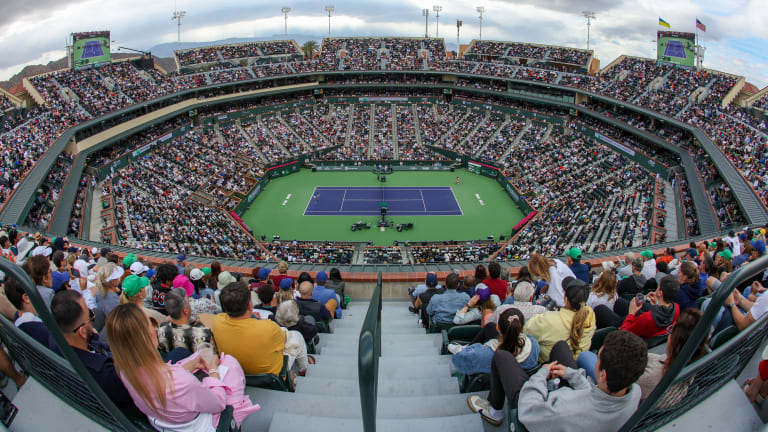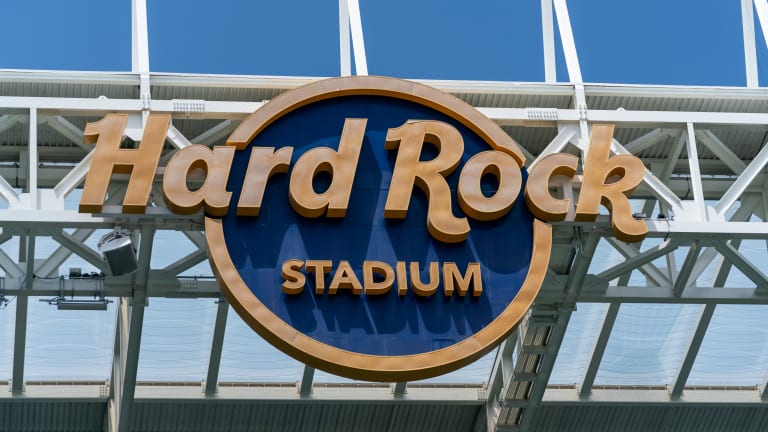5 Burning Questions: Indian Wells & Miami
Sunshine Sympoisum: Will tennis fans watch better matches in Indian Wells or Miami?
By Mar 05, 20245 Burning Questions: Indian Wells & Miami
Sunshine Symposium: Which American will play best in Indian Wells and Miami?
By Mar 04, 20245 Burning Questions: Indian Wells & Miami
Sunshine Symposium: Will we see an Indian Wells-Miami double on the ATP or WTA tour?
By Mar 03, 20245 Burning Questions: Indian Wells & Miami
Sunshine Symposium: Are Indian Wells and Miami more important for Alcaraz, Djokovic, or Nadal?
By Mar 02, 20245 Burning Questions: Indian Wells & Miami
Sunshine Symposium: Which player has the most to prove at 2024 Indian Wells and Miami?
By Mar 01, 2024Social
"Done with my crashout": Naomi Osaka ready for reset after losing Madrid opener
By Apr 24, 2025Madrid, Spain
REPORTS: Carlos Alcaraz to announce Madrid withdrawal amid injury struggles
By Apr 24, 2025Pick of the Day
Madrid Open Betting Preview: Borna Coric vs. Matteo Arnaldi
By Apr 24, 2025Style Points
FIRST LOOK: Coco Gauff to debut new Miu Miu x New Balance tennis collection in Rome
By Apr 23, 2025Travel
The Oeiras Open, which Carlos Alcaraz won four years ago, has one of the most beautiful Center Courts in the world
By Apr 23, 20255 Burning Questions: Indian Wells & Miami
Sunshine Sympoisum: Will tennis fans watch better matches in Indian Wells or Miami?
U.S.-based fans are spoiled for choice when it comes to top-tier events, but where does their ticket go farthest between the BNP Paribas Open and the Miami Open?
Published Mar 05, 2024
Advertising

Will the Indian Wells Tennis Garden deliver its promise of #tennisparadise on the court in 2024?
© Icon Sportswire via Getty Images
Advertising

...or will the newer Hard Rock Stadium be the stage on which fans catch more classic matches?
© ©Icon Sportswire All Rights Reserved